American Silk, 1830-1930: Entrepreneurs and Artifacts (Costume Society of America Series)
د.إ 422.37
In stock
SKU: MSM-11284
Category: Miscellaneous - Sewing Accessories
Tags: Accessories, Miscellaneous - Sewing Accessories
At one time America’s silk industry was the largest in the world. Silk was late to be industrialized, well after cotton and wool. Nonetheless, nineteenth-century American entrepreneurs rapidly built a silk industry with levels of production once unimaginable.American Silk, 1830–1930 traces the evolution of the American silk industry through three compelling and very different case studies: the Nonotuck Silk Company of Northampton, Massachusetts; the Haskell Silk Company of Westbrook, Maine; and the Mallinson Silk Company of New York and Pennsylvania. The mills specialized in different products, from sewing-machine twist and embroidery threads to mass-produced plain silks and high fashion fabrics.The case studies span the development of the U.S. silk industry from its beginnings in the 1830s to its decline in the 1930s. Starting in the 1920s with the growth of rayon, the first of the synthetic imitators, the market share for silk shrank, and silk gradually returned to being a luxury at the top of the hierarchy of fabrics. But, for a time, American technological innovations and entrepreneurs succeeded in bringing the pleasure and aesthetic of silk within the reach of more people than ever before.
At one time America’s silk industry was the largest in the world. Silk was late to be industrialized, well after cotton and wool. Nonetheless, nineteenth-century American entrepreneurs rapidly built a silk industry with levels of production once unimaginable.American Silk, 1830–1930 traces the evolution of the American silk industry through three compelling and very different case studies: the Nonotuck Silk Company of Northampton, Massachusetts; the Haskell Silk Company of Westbrook, Maine; and the Mallinson Silk Company of New York and Pennsylvania. The mills specialized in different products, from sewing-machine twist and embroidery threads to mass-produced plain silks and high fashion fabrics.The case studies span the development of the U.S. silk industry from its beginnings in the 1830s to its decline in the 1930s. Starting in the 1920s with the growth of rayon, the first of the synthetic imitators, the market share for silk shrank, and silk gradually returned to being a luxury at the top of the hierarchy of fabrics. But, for a time, American technological innovations and entrepreneurs succeeded in bringing the pleasure and aesthetic of silk within the reach of more people than ever before.
| Weight | 0.7257 kg |
|---|
Only logged in customers who have purchased this product may leave a review.
Related products
Chalk & Fabric Markers
د.إ 30.87
Sale!
Chalk & Fabric Markers
Chalk & Fabric Markers
د.إ 22.38
Hot Fix Crystals
د.إ 155.89
Chalk & Fabric Markers
د.إ 18.12
Chalk & Fabric Markers
د.إ 22.38
Chalk & Fabric Markers
د.إ 62.84
Chalk & Fabric Markers
د.إ 18.12



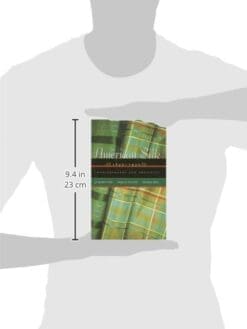

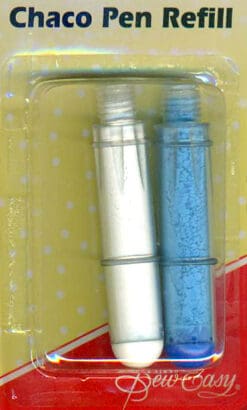
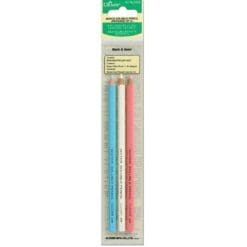
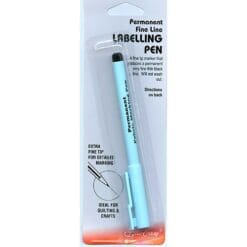


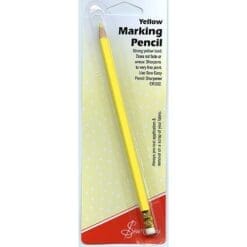



Reviews
There are no reviews yet.